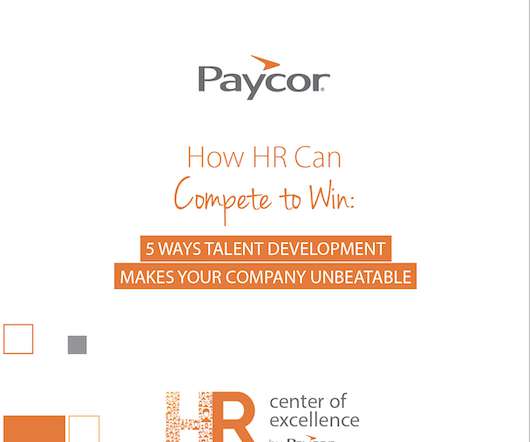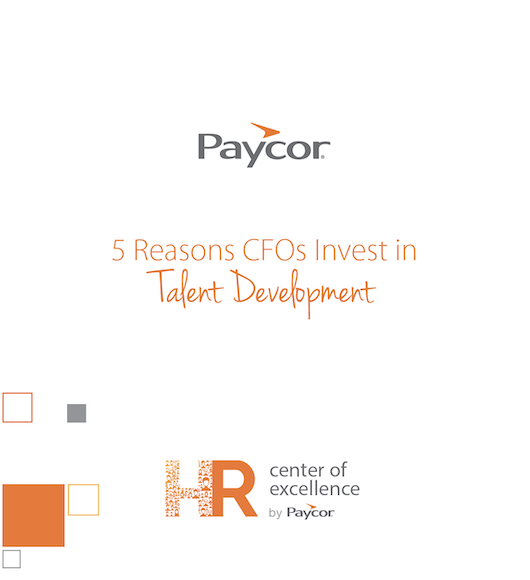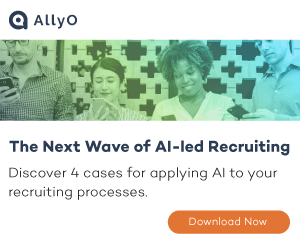Why CAVA is using personality assessments for talent development
HR Brew
SEPTEMBER 24, 2024
HR teams might use personality assessments to recruit candidates , or develop current employees in their roles. The latter use case is of interest to Kelly Costanza, chief people officer at CAVA, who told HR Brew her team started using personality assessments this year for talent development and management.























































Let's personalize your content